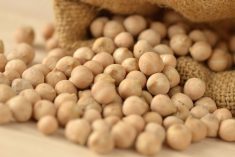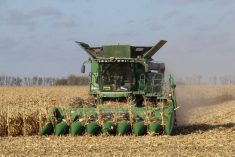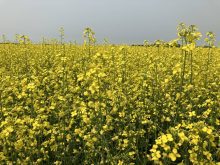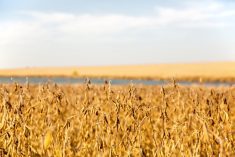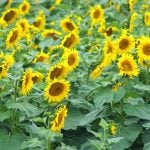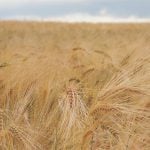Considerable discussion in the past few years has focused on improving wheat, both in terms of quality and yield. Much has been made of corn’s hybridization and the advances that came from that plant breeding process — and that’s led to similar debates on the ease or difficulty of hybridizing wheat, or even soybeans.
Highlighting C+M Seeds’ 22nd annual Wheat Industry Day in late June, Dr. Stefan Bruns of KWS Worldwide, in Germany, gave a presentation on the process of hybridizing wheat, specifically for use in Europe, but with an eye on North American farms as well.
Read Also
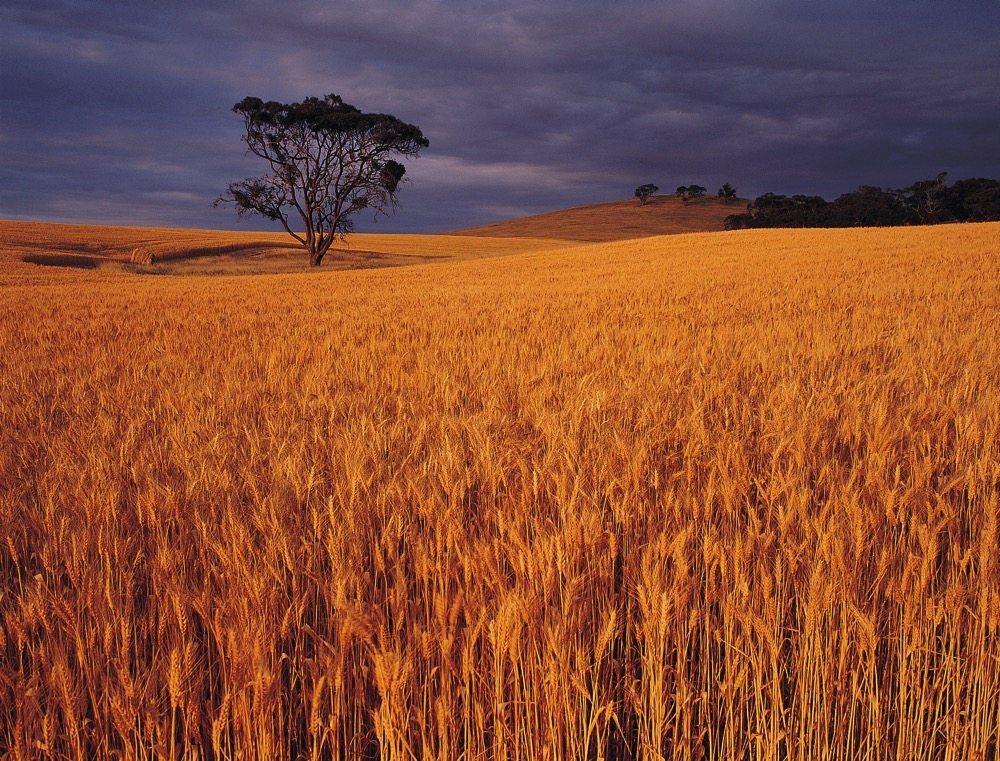
USDA predicts more wheat in Australia, smaller crops elsewhere
Australia will grow more wheat in 2025/26 than earlier expectations, but production will likely be down on the year in Turkey and Kazakhstan, according to several attaché reports released by the United States Department of Agriculture on Nov. 20, as it continues to catch up following the federal government shutdown.
In global terms, KWS sits fourth behind Pioneer, Monsanto and Syngenta. The company has had considerable success with its winter rye hybrid program in Western Canada, including 43 per cent higher-yielding cultivars compared to check cultivars, and also has had better falling numbers than the check (Hazlet).
Confounding the issue with wheat, however, is its genetic makeup. Despite repeated announcements regarding breakthroughs in genetic sequencing with wheat in the past two to three years, wheat is a hexaploid consisting of three distinct genomes (A, B and D). It contains seven chromosomes and in total is roughly five times as complex as the human genome.
The drive for hybrid wheat comes primarily from its level of importance on a global level. According to 2010 figures from the Food and Agriculture Organization of the United Nations (FAO), wheat was grown on more acres (533.5 million) than corn (400 million) or rice (380.4 million). In terms of production, wheat ranked third (651 million tonnes) behind corn (844 million tonnes) and rice (672 million tonnes).
Thus the need to increase production via hybridization is being driven by the same three factors influencing improved breeding in corn and soybeans.
“Our arable acreage will not significantly increase, water is becoming scarce and abiotic — and biotic — stresses will continue to increase,” Bruns said.
Hybridization has proved to be very successful in corn and rye, but is the same true for wheat? “Yes, technically, but first we need to ensure stability in production, economic viability and that hybrids actually deliver the promised increase in yields.”
Oddly, one of the factors in determining hybridization’s viability is a changing playing field where wheat breeding is concerned. Bruns noted private sector breeding is becoming the norm in Europe and the U.S. In Australia and Canada, there is an ongoing move toward privatization with wheat breeding, while South America is seeing more international investment. China is a very closed market, with strong public (government) influence.
Bruns went on to describe some of the challenges associated with the process of hybridizing wheat. The advent of genome sequencing, the use of molecular markers and double haploids means some of the issues that were previously difficult to overcome are now being addressed. Bruns is working on inducing sterility — in very simplistic terms, creating “female” plants –- through chemical means as well as working with the genetic “switches” that affect flowering and temperature. Then there is work to induce fertility with a female plant.
The goal through all of this is what is known as heterosis or hybrid vigour, and that is the hoped-for outcome where the offspring outperform the parents, meaning better stress tolerance (yield stability) along with enhanced plant growth and biomass, and ultimately, higher yield.
Much of the question of whether wheat can be hybridized remains a matter of wheat’s self-pollinating property. To look at the comparison of self-pollinating and cross-pollinating crops, wheat and barley have lower heterosis-yield percentages compared to cross-pollinators such as rye and corn.
For the time being, KWS is focusing on its wheat breeding capabilities in Europe and has also established a soft red wheat breeding program in the U.S.
KRW’s own tests in Germany have shown improved yields with its best hybrid (12.8 tonnes/ha or 190.3 bu./ac.) versus the best check (11.3 t/ha or 168 bu./ac.).
— Ralph Pearce is a field editor for Country Guide at St. Marys, Ont.



